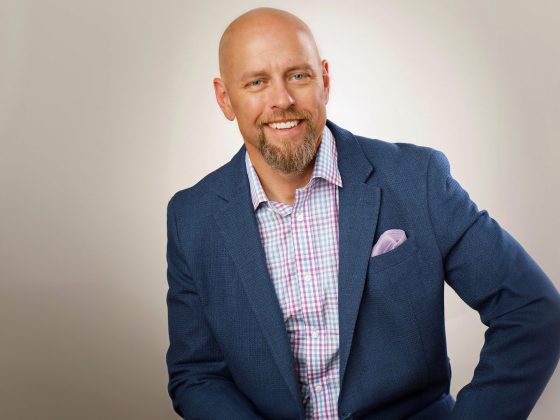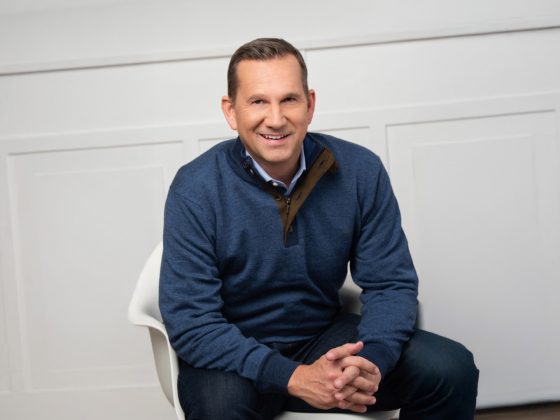Building high-performing teams at scale requires more than just adding headcount. The challenge lies in maintaining performance standards while expanding operations across multiple markets and business units. Alex Kartsel brings a unique perspective to this challenge, having scaled consumer and internet businesses for over 15 years across companies including Bolt, Frontier Car Group, OLX, and SAP, where he has managed teams exceeding 200 people.
Scale with Strategy, Not Just Speed
Many leaders confuse rapid expansion with effective scaling. Kartsel learned this distinction through years of managing full P&Ls and driving consistent growth across e-commerce, marketplaces, and mobility platforms. The temptation to hire quickly often overshadows the need for strategic alignment, particularly when entering new markets or doubling workforce size. “Growth doesn’t mean hiring fast. It means hiring smart with a clear strategy,” Kartsel explains. His approach centers on ensuring every new hire understands their role within the broader business objectives. Whether expanding operations or increasing headcount, the foundation remains consistent: proper alignment on business goals becomes non-negotiable for sustainable growth.
The practical application of this philosophy involves breaking down company-wide objectives into measurable team-level metrics. “I have found that translating company objectives into team-level KPIs and making them visible to everyone is the first step to scaling with purpose,” he notes. This transparency creates accountability while ensuring each team member understands how their individual contributions drive overall business success.
Build a Strong Leadership Backbone
Managing large teams requires a fundamental shift from direct management to leadership development. Kartsel discovered that attempting to oversee 200-plus people individually creates bottlenecks that stifle growth and innovation. The solution lies in creating multiple layers of empowered leadership capable of driving performance independently.
“No CEO can lead more than 200 people alone. You need empowered managers who drive performance and own results,” he states. His strategy focuses on early identification of high-potential team members who demonstrate both technical competence and leadership qualities. Rather than waiting for these individuals to emerge naturally, he actively seeks them out and invests in their professional development. This approach creates what he calls a “scalable leadership layer” that fundamentally changes how the organization operates. When middle management can effectively handle day-to-day operations and performance management, senior leadership gains the freedom to focus on long-term vision and market opportunities.
Create Culture Through Systems and Rituals
Organic culture works well for small teams but breaks down as organizations grow. Kartsel learned that maintaining company culture at scale requires deliberate systems and regular practices that reinforce core values. Without these structures, teams become disconnected from both company mission and each other. “As teams grow, informal culture breaks,” he observes, highlighting the need for intentional culture-building mechanisms. His solution involves implementing structured communication channels, performance tracking systems, and recognition programs that keep teams aligned and motivated. These aren’t simply administrative tools but culture-shaping practices that maintain organizational cohesion.
The specific systems Kartsel recommends include weekly team check-ins, transparent performance dashboards, structured recognition programs, and comprehensive career development frameworks. “These are not just tools. They are culture-shaping rituals that keep the organization cohesive and performance-driven,” he explains. Each element works together to create an environment where team members feel connected to company goals and supported in their professional growth.
The biggest mistake leaders make when scaling is trying to control everything. His approach is different. He builds systems that let people do their best work without constant oversight. “Leading large teams is not about control. It’s about clarity, trust, and strategic execution,” he says. This approach requires letting go of the need to approve every decision. Instead, you create clear expectations and trust your team to meet them. You stay connected to the numbers and the people, but you don’t micromanage every move. It’s more challenging than controlling everything, but it’s the only way to scale effectively. Kartsel’s formula is straightforward: “Build a vision, support your leaders, institutionalize your culture, and stay close to both your metrics and your people. This is how you scale a business and sustain it.” This advice proves challenging to execute, but when implemented correctly, it enables sustainable growth without organizational breakdown.
Follow Alex Kartsel on LinkedIn to learn how to scale teams and culture without chaos.









